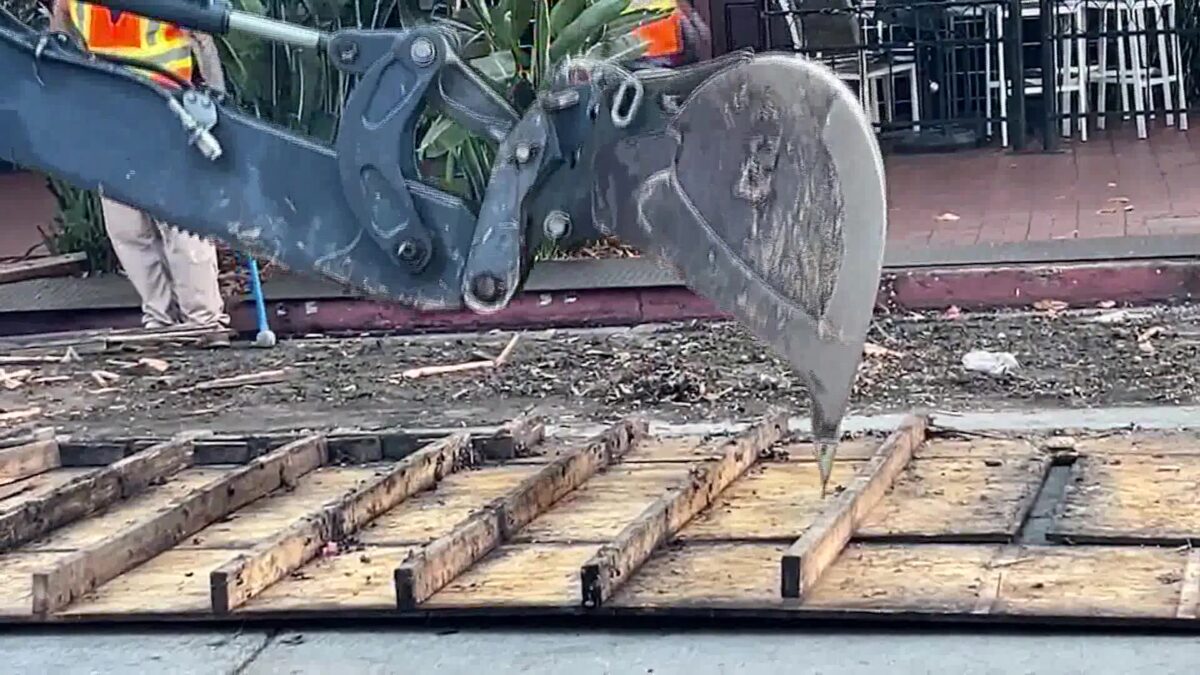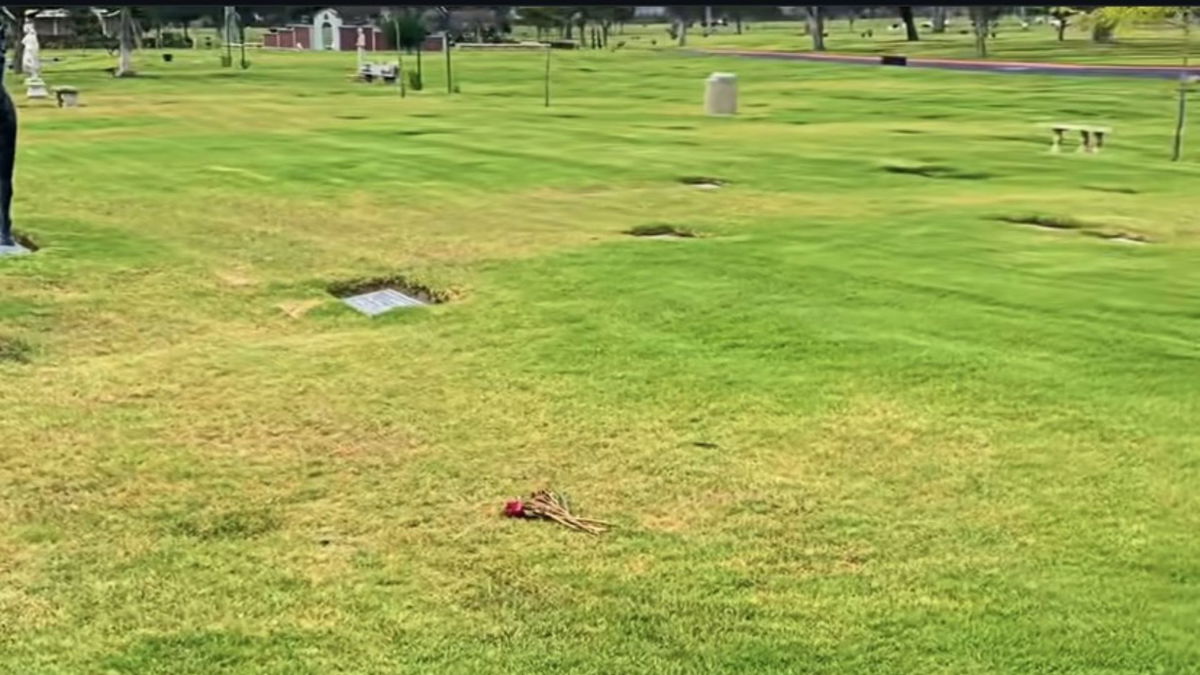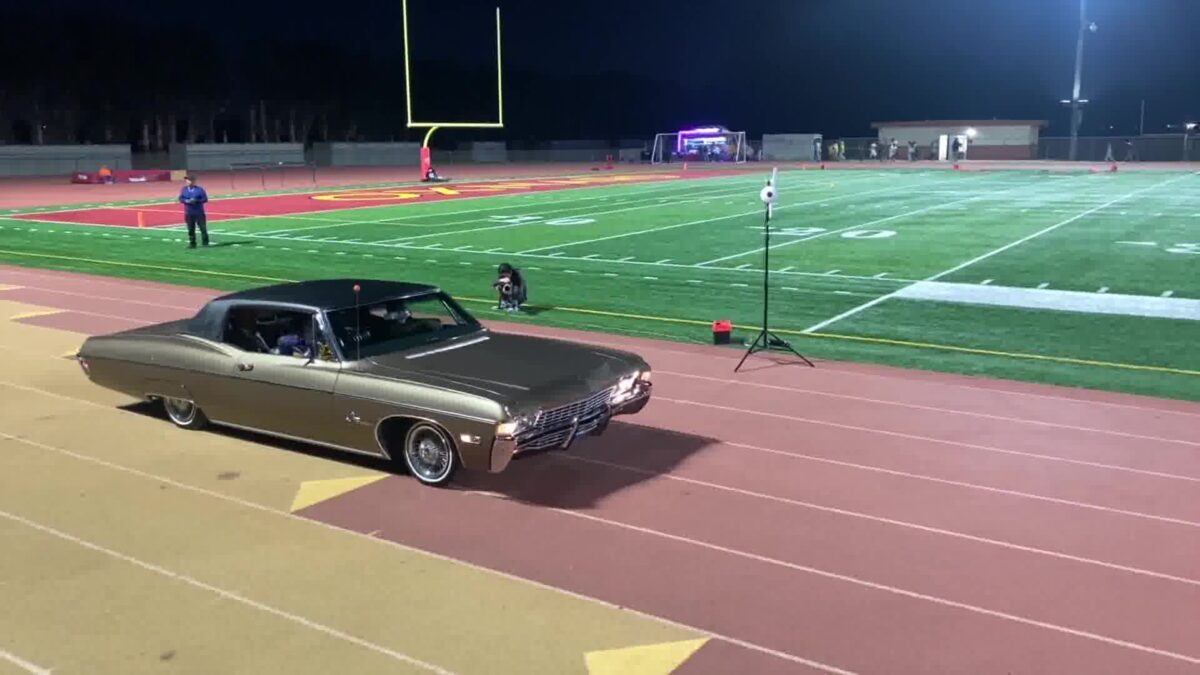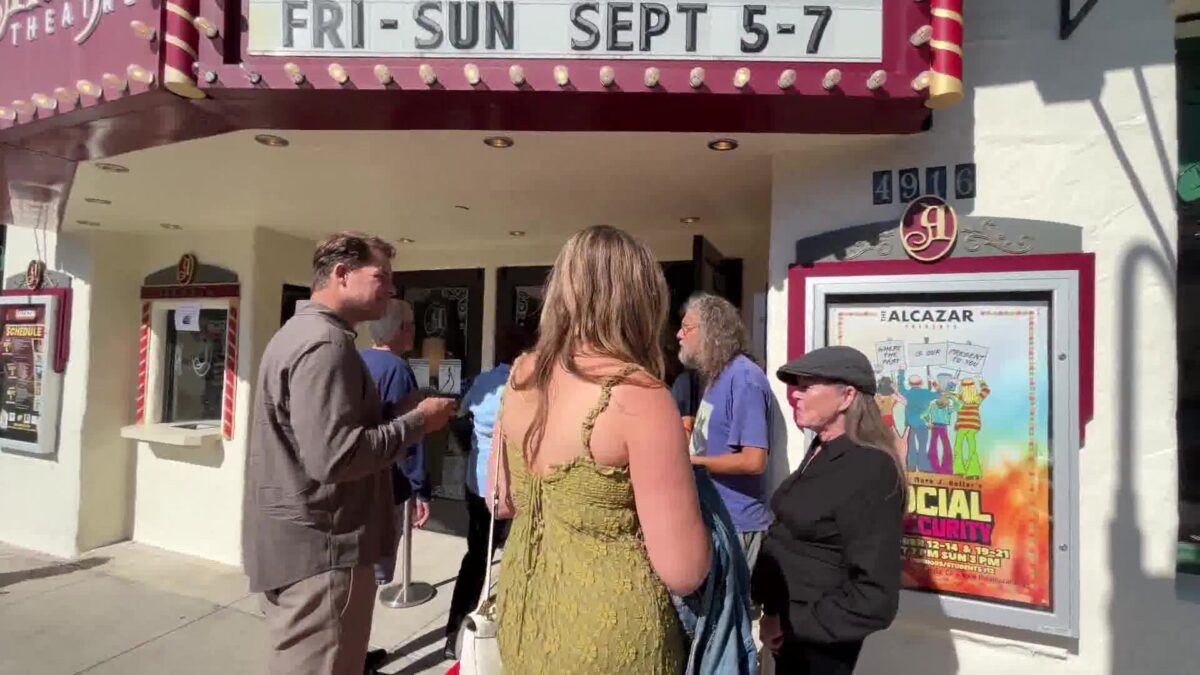Sneak Peek: Redesigned Santa Barbara Teen Center Expands Youth Opportunities
Patricia Martellotti
SANTA BARBARA, Calif. (KEYT) – The Twelve35 Teen Center in Santa Barbara is showing off a fresh new look after a major remodel.
Student designer Rebecca Barreto teamed up with architect Jesiy Richards to reimagine the space.
“It feels really great to see the final project because we’ve been working on it for over a year,” said Barreto.
Their goal was to create a place where students feel safe, supported, and inspired.
“One of the things we really wanted to develop with the countertops, we had an accessible portion for ADA, which will be helpful for anyone who has mobility needs … even having some quiet, smaller spaces for students can meet one on one with their advisors has already been a great benefit and everybody loves it,” said Richards.
The SBPAL team hopes this remodeled facility will allow teens to feel a stronger sense of community.
As the only free drop-in teen center in the city, Twelve35 serves youth ages 11 to 18 with academics, recreation, and leadership programs.
“My hope is that with all of these improvements that they can hang out study learn to cook different dishes,” said Barreto.
The project was funded by the Women’s Fund of Santa Barbara, and a ribbon cutting is planned for later this month.
New additions include a Welcome Center, an educational kitchen, and renovated activity spaces designed to better meet the needs of teens across Santa Barbara.
The center is already open to teens after school, with the official celebration still ahead.
The Latest Breaking News, Weather Alerts, Sports and More Anytime On Our Mobile Apps. Keep Up With the Latest Articles by Signing Up for the News Channel 3-12 Newsletter.









